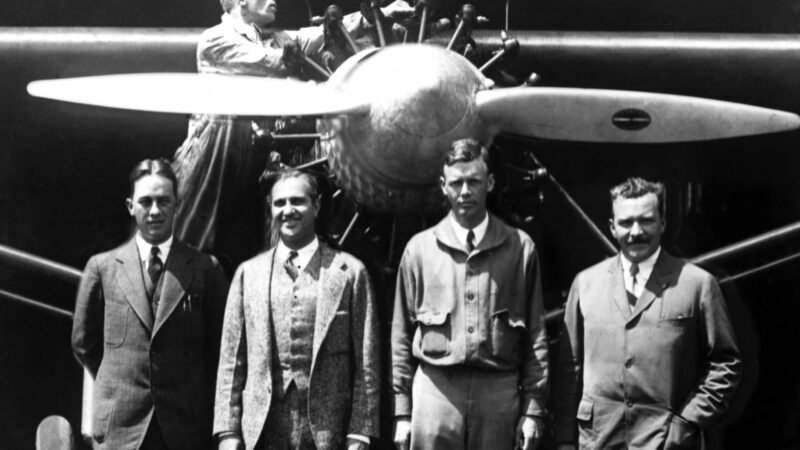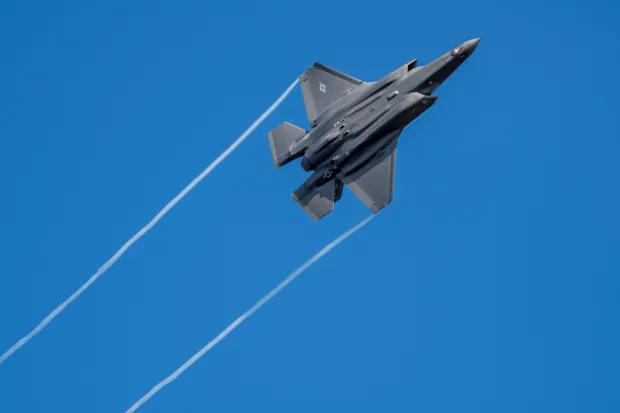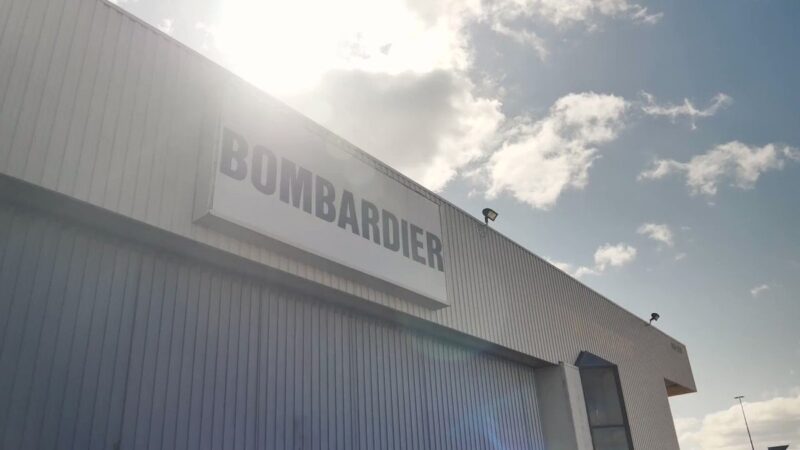The origins of Connecticut’s esteemed aircraft manufacturer can be traced back to the efforts of two pioneering individuals, Francis Pratt and Amos Whitney, long before powered flight became a reality. While airplanes were still a distant concept, their collaboration first focused on designing and building innovative machines.
Through innovation, perseverance and teamwork, Pratt and Whitney’s company evolved well beyond its initial scope. Over time, they helped establish Connecticut as a leader in aeronautical engineering and manufacturing.
Two Forces Unite
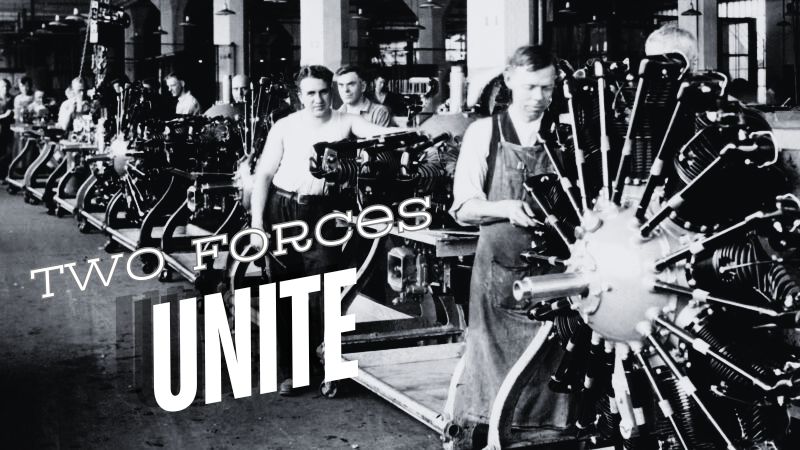
During the 19th century, the city of Hartford, Connecticut emerged as a hub of industry and innovation, attracting pioneering minds such as Francis Pratt and Amos Whitney. Their paths would intersect in Hartford’s bustling manufacturing environment, laying the foundation for a partnership that significantly advanced the field.
Francis Pratt was born in 1827 in Peru, New York. Drawn to opportunities in Hartford, he was hired by the esteemed Lincoln & Company machine works where he designed the innovative Lincoln Miller tool. Regarded as the most influential machine of the 19th century, it featured a novel screw feed and quick return mechanism that revolutionized gun part production at the Colt Armory.
Born in 1832 in Biddeford, Maine, Amos Whitney came from a family renowned for invention and was the cousin of Eli Whitney. He moved to Hartford to work for Colt’s Manufacturing Company. There, in the bustling industrial backdrop of the city, Whitney crossed paths with Pratt. Working together at the Phoenix Iron Works, they adapted the Lincoln Miller for sewing applications.
Innovation Powerhouse
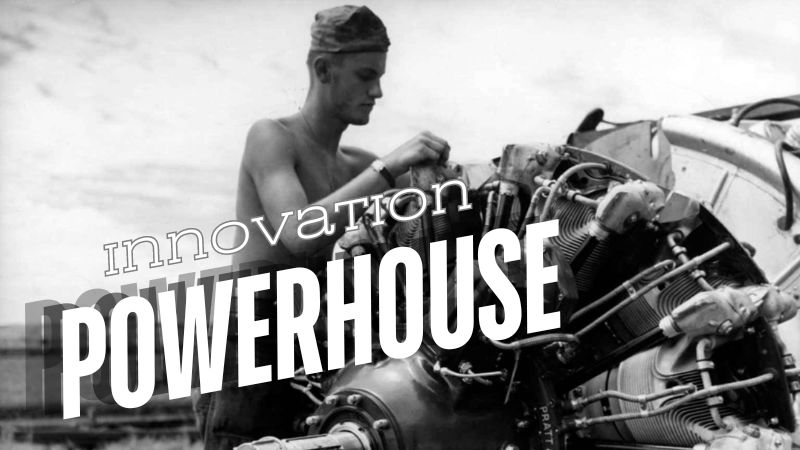
As Pratt and Whitney’s partnership grew from the success of their Lincoln Miller adaptation, they recognized an opportunity to establish an enterprise of their own. Forming the Pratt & Whitney Machine Company, they built upon the foundation of Pratt’s pioneering designs. The company flourished, manufacturing over 150,000 highly precise machines that drove efficiencies across various industries.
Seeking new frontiers for innovation, Pratt & Whitney hired W.A. Rogers and G.M. Bond in 1879. This new collaboration resulted in a significant contribution to dimensional measurement—the Rogers-Bond comparator. Not only did it advance precision manufacturing capabilities, it established the inch as a standard unit accurate to millionths, cementing the company’s reputation for engineering excellence.
While the concept of interchangeable parts can be traced to Eli Whitney, widespread adoption has been limited. However, Pratt was a strong proponent and worked to institutionalize the approach within Pratt & Whitney’s operations. This proved pivotal to the company’s growth, enabling economies of scale. By 1885, their standard measuring machine further drove uniformity across industries. The impact of this innovation was such that by 1893, the inch was formally recognized as an international standard.
The Manufacturing Work Continues
Amos Whitney capably served as company president until 1901, just one year before Francis Pratt’s passing. During this transition period, Pratt & Whitney was acquired by the respected Niles-Bement-Pond manufacturing corporation, allowing the company’s pioneering work to benefit broader industries.
Still headquartered in Bloomfield, Connecticut, Pratt & Whitney continues operations today as Pratt & Whitney Measurement Systems. Over generations, the company has maintained its founders’ innovative spirit; introducing breakthroughs such as the first noiseless typewriter, automated scales, and pioneering laser technologies that have advanced dimensional measurement.
The Dawn of a New Era
As the 20th century unfolded, the promise of aviation was on the horizon and the skies represented a new frontier. While Pratt & Whitney had established itself in precision manufacturing, the opportunity to propel flight forward called for visionary leadership. Enter Frederick Rentschler, an individual poised to help guide a new era.
Rentschler brought considerable experience to Pratt & Whitney, having previously worked at Wright Aeronautical where he gained invaluable expertise in aircraft engine design and production according to records. Recognizing room for progress, he aspired to develop a more powerful and dependable propulsion system.
Teaming with skilled engineers, Rentschler undertook pioneering work to design an air-cooled radial engine configuration. As archives from the Smithsonian National Air and Space Museum recount, this innovative approach yielded notable efficiencies while removing the need for complex liquid cooling infrastructure.
Revolutionizing Aviation
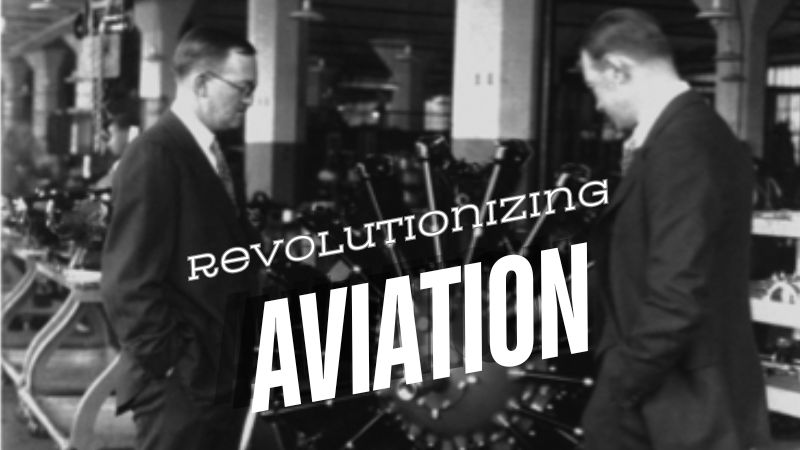
With the successful design of the air-cooled radial engine, Rentschler was poised to transform the emerging aviation industry. His leadership and foresight were instrumental in guiding Pratt & Whitney into new frontiers, cementing its legacy in aeronautical engineering.
Under Rentschler’s direction, Pratt & Whitney introduced the groundbreaking Wasp engine in 1925. This engine quickly gained acclaim for its unparalleled performance and reliability. It set numerous records and became the propulsion of choice for many pioneering flights, including Amelia Earhart’s historic transatlantic journey.
Rentschler’s vision extended beyond just engine manufacturing. He played a pivotal role in establishing United Aircraft and Transport Corporation, which later became United Technologies Corporation.
Final Words
The legacy of Connecticut’s pioneering visionaries, from Francis Pratt and Amos Whitney to Frederick Rentschler, serves as an enduring example of the impact of creativity, foresight, and tireless dedication to progress. Their work not only advanced fields of manufacturing and aeronautics but also motivated innumerable others to think boldly and reach higher.

